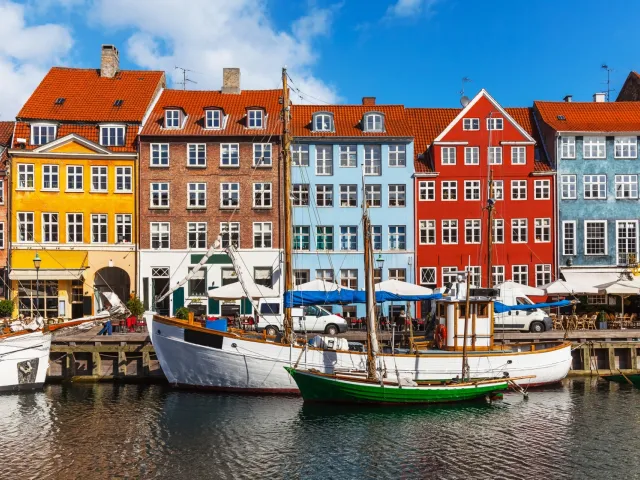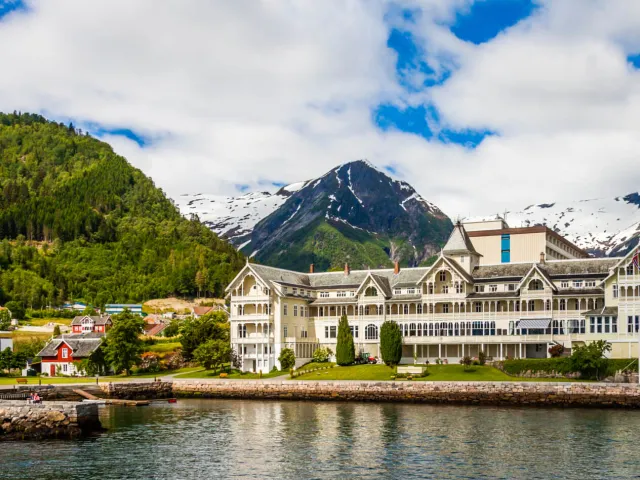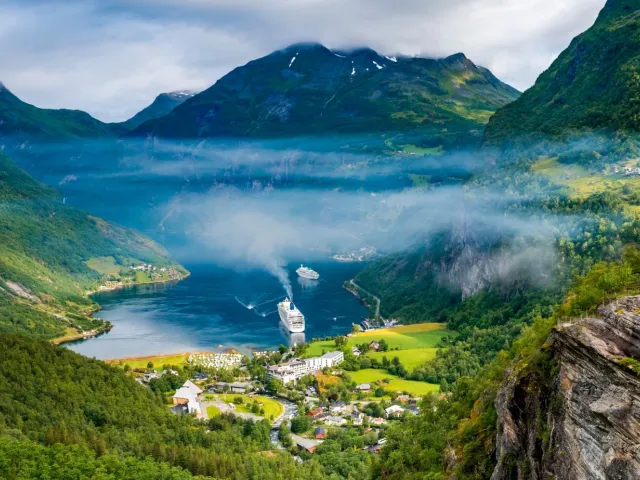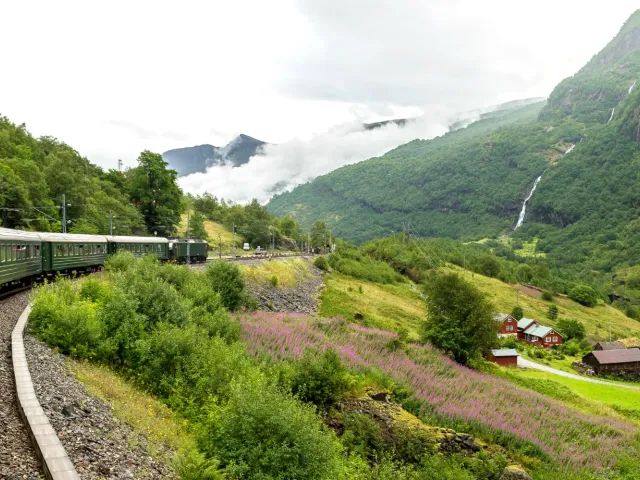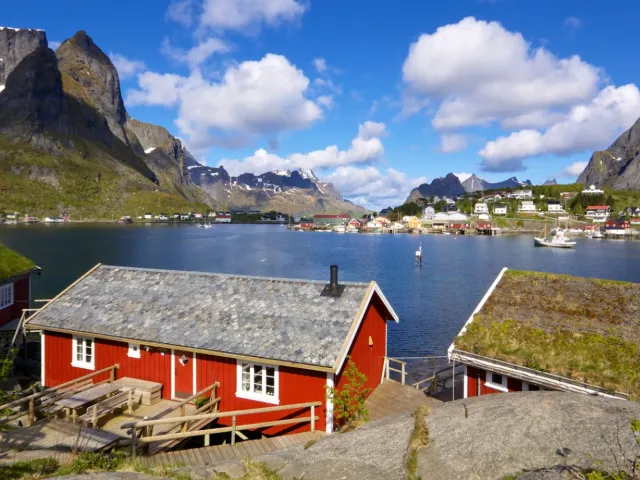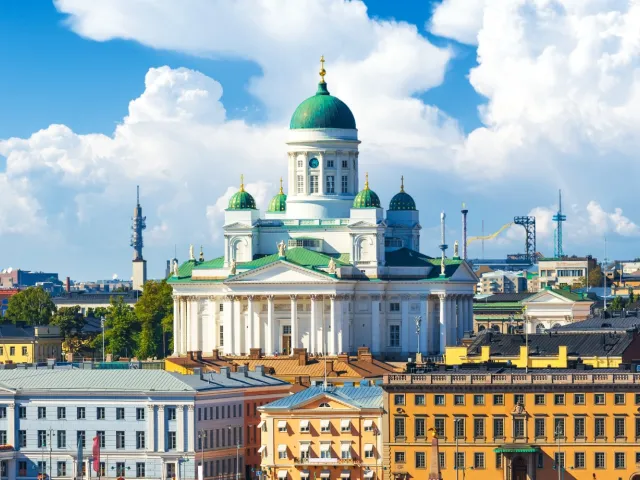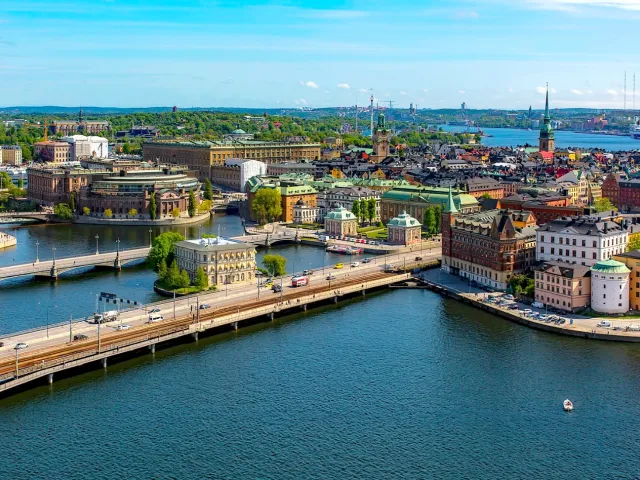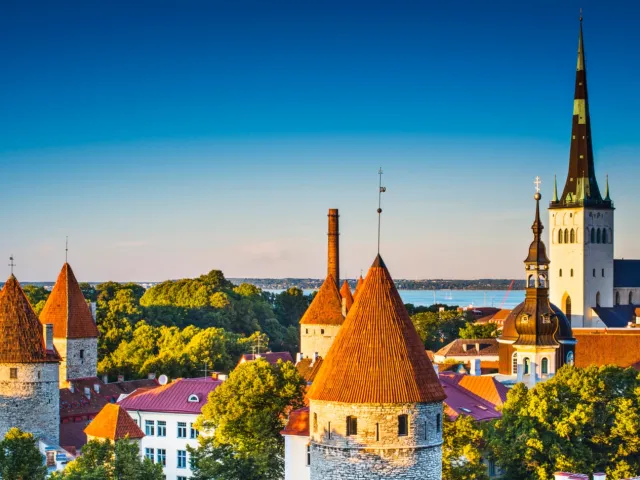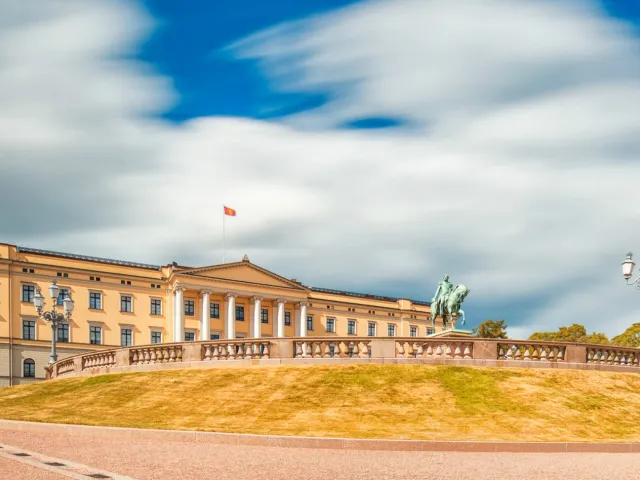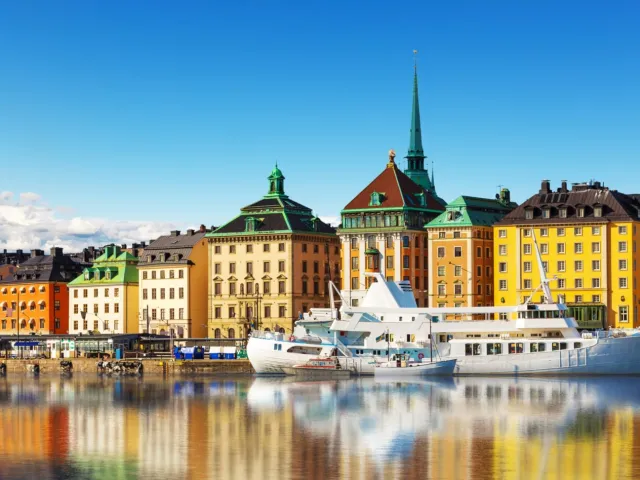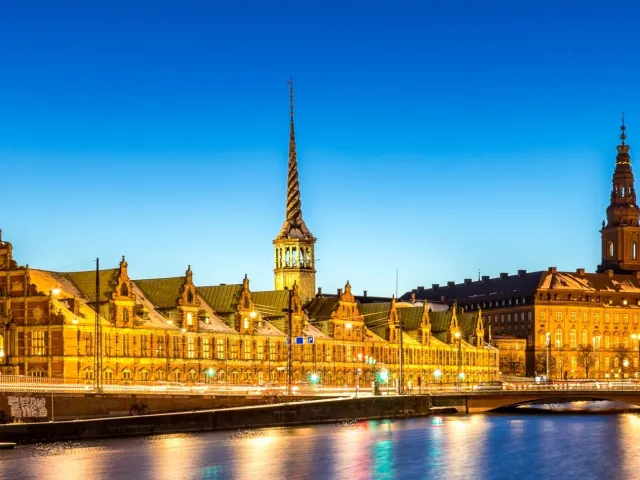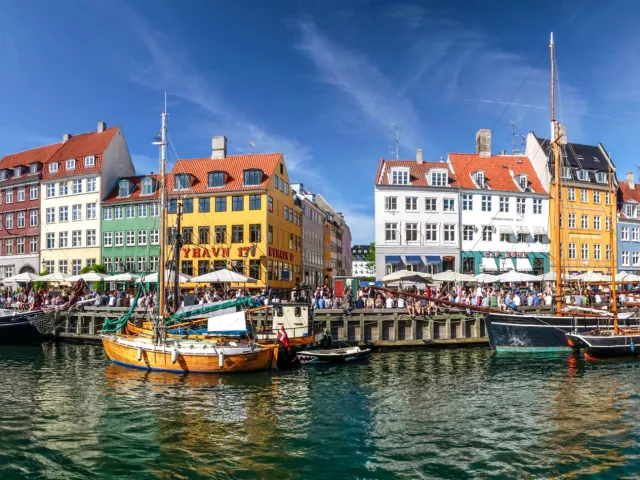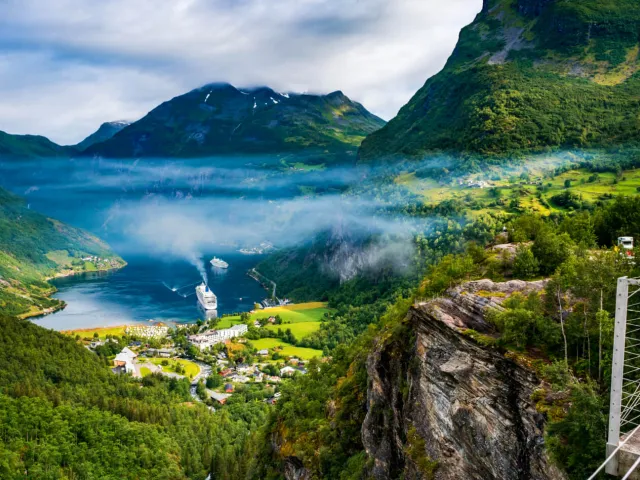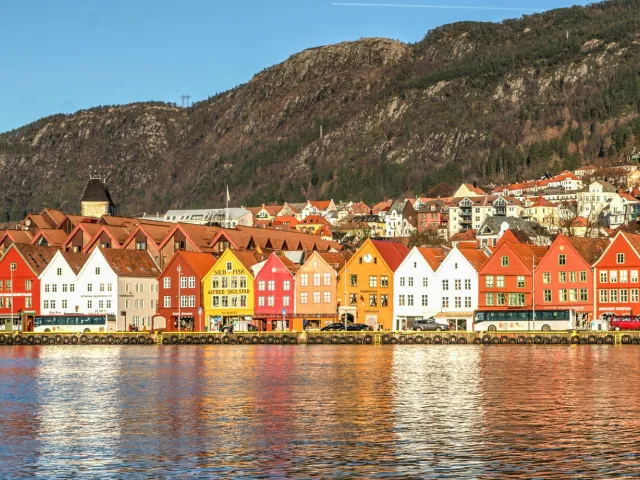
Molde
Explore experiences and landmarks and plan your next tour to Molde

Moldemarka

Molde Adventure Center

Molde Cathedral

Romsdal Museum

The Royal Birch

Varden Viewpoint

Aker Stadion

Molde International Jazz Festival Venue

Molde Stadium

Molde Town Hall
Molde Trips
Molde is a city in Norway, located in such a picturesque place, that you are wondering if it's possible to find something more beautiful. The perfect balance of wild nature and Norweigian town hypnotize and relax, so you feel free in mind and able to realize every single wish. And this is also possible with our fully customizable tours, creating based on your wishes and ideas to perfect your trip. Don't hesitate to share your preferences with our team of experienced destination specialists. On the other hand, if you are looking for inspiration and fresh ideas, we've created fully comprehensive programs with the most popular highlights of Norway, added centrally located hotels, and top-notch services. In both cases, you get the best experience with local professional guides and see places out of your bucket list, witnessing the stunning Norweigian landscapes, fjords, and mountains.
